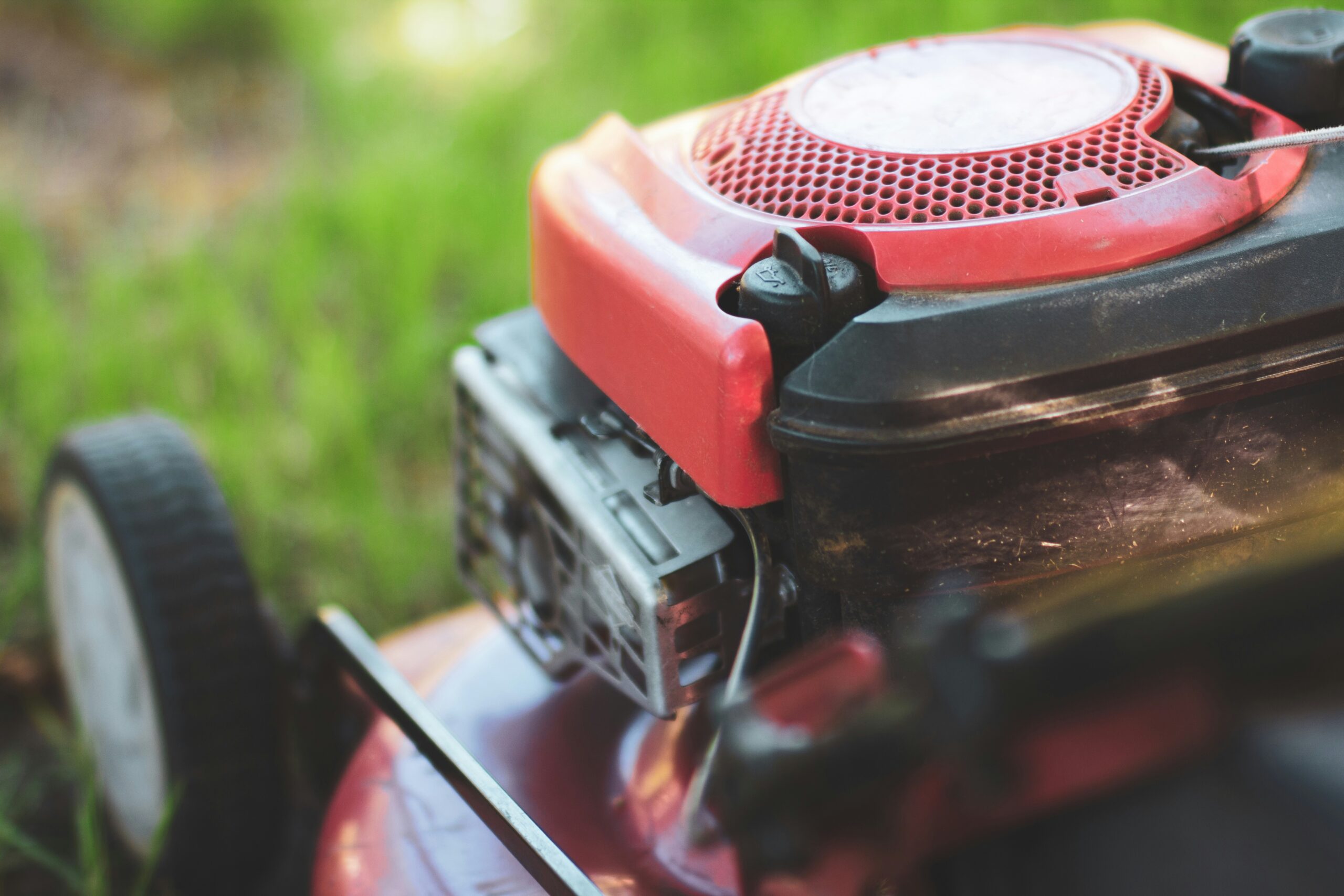Caring for your garden equipment is the secret to keeping your outdoor space looking its best. Whether you’re a seasoned gardener or enjoy relaxing in the yard, picking the right spare parts for repairs can make a difference. The right parts can save money, prevent unnecessary headaches, and keep your tools working when needed.
This guide will discuss why picking the right parts is crucial for your garden equipment. We’ll also give you some practical tips for finding reliable suppliers and highlight a few important things to consider when choosing. With these tips, you’ll be ready to keep your tools in great shape! With the correct spare parts and a little know-how, you can keep your garden equipment in great shape and your yard looking fantastic—without the stress!
Why Compatibility and Quality Matter
When fixing your garden tools, your chosen parts can make all the difference. Using components not designed for your specific equipment can lead to further damage or even create safety hazards. High-quality parts ensure that your tools work efficiently and last longer. For instance, opting for John Deere aftermarket parts can be wise—they often balance quality and affordability without compromising performance.
Investing in quality spare parts isn’t just about fixing what’s broken right now; it’s also about keeping your equipment running smoothly down the road. By choosing reliable parts, you’re helping to avoid more significant headaches and costly repairs in the future. It’s all about making a wise choice today for a hassle-free tomorrow! While it might be tempting to go for cheaper options, low-quality components can wear out quickly, leading to repeated breakdowns and increased maintenance costs. So, when selecting spare parts, always prioritize quality over price.
Finding Trustworthy Suppliers
Finding reliable suppliers ensures you get genuine and high-quality spare parts. Start by researching local dealers who specialize in garden equipment. Look for suppliers with a solid reputation; customer reviews and testimonials can provide valuable insights into their reliability.
It’s also wise to consider suppliers who offer warranties on their products. A warranty is often a good indicator of a supplier’s confidence in the quality of their parts. If they’re willing to back their products with a guarantee, it suggests they trust what they sell.
Online marketplaces can also be helpful, but proceed with caution. Make sure the seller has positive feedback and a history of satisfied customers. Detailed product descriptions that include specifications and compatibility information are also crucial. This diligence will help you avoid purchasing subpar or incompatible parts.
Key Factors to Keep in Mind
Several factors come into play when choosing spare parts for your garden equipment. First and foremost, always check the brand of your equipment. Each brand may have specific requirements due to differences in design and manufacturing standards. For example, if you own equipment from well-known brands like Honda or Stihl, sourcing OEM parts from authorized dealers will guarantee compatibility.
Next, pay attention to part specifications, such as dimensions, materials, and unique features necessary for proper functionality. Even minor discrepancies can lead to issues during installation or operation. If you need clarification on the specifications required for your repair, consult the owner’s manual or contact customer support from the manufacturer.
Understanding the type of part you need is also essential—whether it’s consumable items like filters or blades that require regular replacement or more durable components like engines or frames that might need less frequent attention. Knowing this will help you decide when to buy OEM versus aftermarket options.
Navigating Aftermarket vs. OEM Parts
Garden equipment owners often choose between aftermarket and OEM parts. The original manufacturer makes OEM parts that are specifically designed for their products. They usually have a higher price tag but guarantee perfect fit and function.
On the other hand, aftermarket parts are made by independent manufacturers, not the original equipment makers. While they can be less expensive and sometimes offer improved features or durability, ensuring these options meet quality standards comparable to OEM offerings is crucial. When considering garden equipment parts, weigh the pros and cons based on your budget and how frequently you use your equipment.
If you choose aftermarket options, research brands known for their reliability in producing high-quality components. Many aftermarket manufacturers specialize in specific types of garden equipment and have established reputations in the industry.

Maintenance Tips After Repairs
Proper maintenance practices will significantly extend the lifespan of your garden equipment once you’ve successfully repaired it with the right spare parts. Regular cleaning after use prevents dirt buildup that can cause wear on moving parts. Additionally, follow the manufacturer’s recommendations for maintenance schedules—this often includes oil changes, filter replacements, and inspections.
Pay attention to how your equipment performs after repairs. If you notice any unusual sounds or decreased efficiency shortly after installing new parts, address these issues immediately before they escalate into more significant problems.
In summary, choosing spare parts for garden equipment repairs involves careful consideration of compatibility, quality, supplier reliability, and specific part requirements. By following these guidelines and prioritizing high-quality components—whether OEM or reputable aftermarket options—you can ensure that your garden tools remain in excellent working condition for years. Happy gardening!

Recent Comments